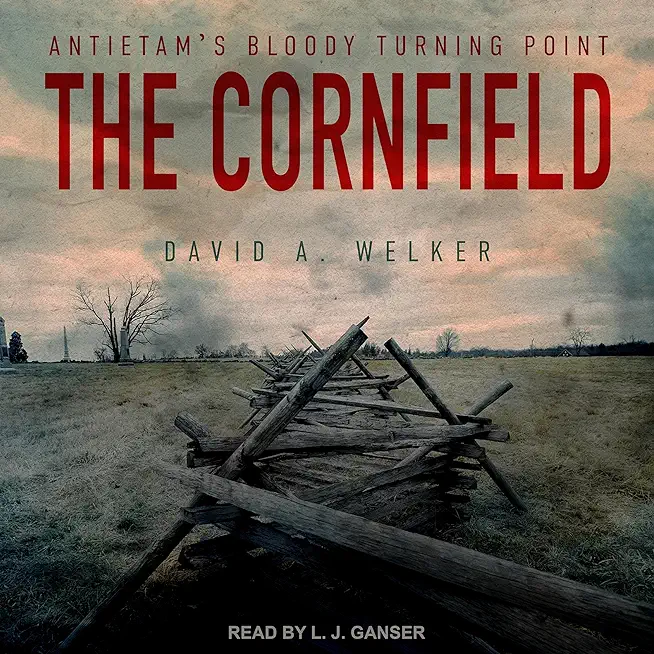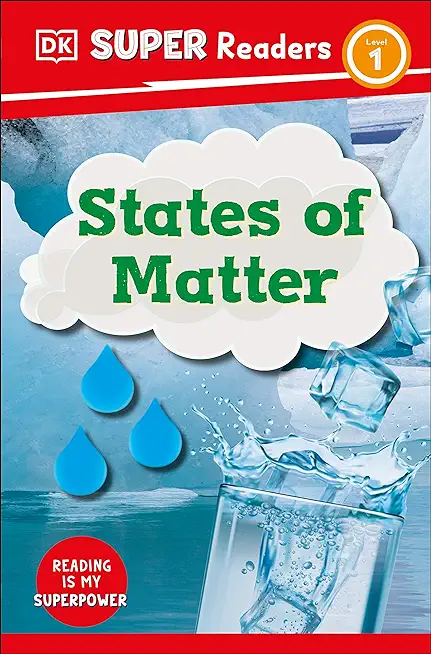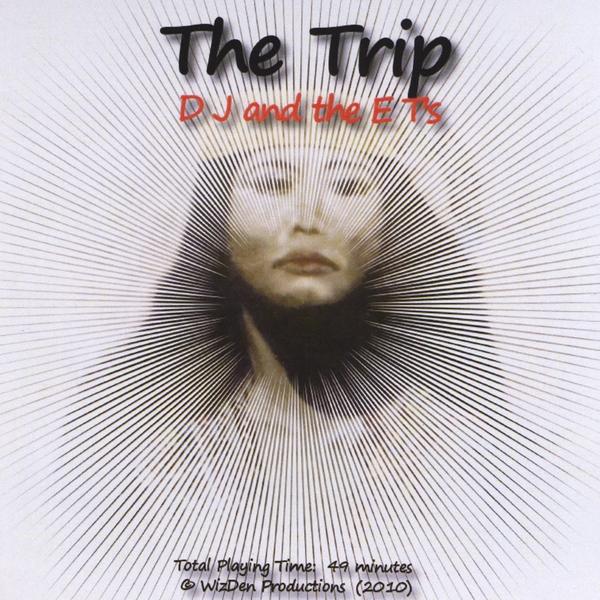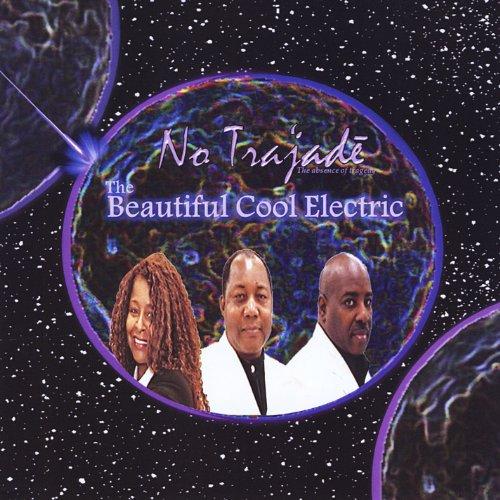
description
6The extensive use of primary sources makes this book of interest to all Civil War enthusiasts. -- Library Journal
Antietam. For generations of Americans this word--the name of a bucolic stream in western Maryland--held the same sense of horror and carnage that the simple date 9/11 does for modern America. But Antietam eclipses even this modern tragedy as America's single bloodiest day, on which 22,000 men became casualties in a war to determine our nation's future.
Antietam is forever burned into the American psyche, a battle bathed in blood that served no military purpose, brought no decisive victory. This much Americans know. What they didn't know is why this is so--until now. The Cornfield: Antietam's Bloody Turning Point tells for the first time the full story of the exciting struggle to control "the Cornfield," the action on which the costly battle of Antietam turned, in a thorough yet readable narrative. It explains what happened in Antietam's Cornfield and why. Because Federal and Confederate forces repeatedly traded control of the spot, the fight for the Cornfield is a story of human struggle against fearful odds, of men seeking to do their duty, of simply trying to survive. Many of the included firsthand accounts have never been revealed to modern readers and never have they been assembled in such a comprehensive, readable form.
At the same time, The Cornfield offers fresh views of the battle as a whole, arguing that it turned on events in the Cornfield because of two central facts -- Union General George McClellan's linear thinking demanded that the Cornfield must be taken and, because of this, the repeated failure by the generals McClellan charged with fulfilling this task created a self-reinforcing cycle of disaster that doomed the Union's prospects for success--at the cost of thousands of lives.
The Cornfield offers new perspectives that may be controversial--particularly to those who accept unchallenged the views of the battle's first historians and its generals, who too often sought to shape our understanding for their own purposes--but which are certain to change modern understanding of how the battle of Antietam was fought and its role in American history.
Antietam. For generations of Americans this word--the name of a bucolic stream in western Maryland--held the same sense of horror and carnage that the simple date 9/11 does for modern America. But Antietam eclipses even this modern tragedy as America's single bloodiest day, on which 22,000 men became casualties in a war to determine our nation's future.
Antietam is forever burned into the American psyche, a battle bathed in blood that served no military purpose, brought no decisive victory. This much Americans know. What they didn't know is why this is so--until now. The Cornfield: Antietam's Bloody Turning Point tells for the first time the full story of the exciting struggle to control "the Cornfield," the action on which the costly battle of Antietam turned, in a thorough yet readable narrative. It explains what happened in Antietam's Cornfield and why. Because Federal and Confederate forces repeatedly traded control of the spot, the fight for the Cornfield is a story of human struggle against fearful odds, of men seeking to do their duty, of simply trying to survive. Many of the included firsthand accounts have never been revealed to modern readers and never have they been assembled in such a comprehensive, readable form.
At the same time, The Cornfield offers fresh views of the battle as a whole, arguing that it turned on events in the Cornfield because of two central facts -- Union General George McClellan's linear thinking demanded that the Cornfield must be taken and, because of this, the repeated failure by the generals McClellan charged with fulfilling this task created a self-reinforcing cycle of disaster that doomed the Union's prospects for success--at the cost of thousands of lives.
The Cornfield offers new perspectives that may be controversial--particularly to those who accept unchallenged the views of the battle's first historians and its generals, who too often sought to shape our understanding for their own purposes--but which are certain to change modern understanding of how the battle of Antietam was fought and its role in American history.
member goods
No member items were found under this heading.
Return Policy
All sales are final
Shipping
No special shipping considerations available.
Shipping fees determined at checkout.







